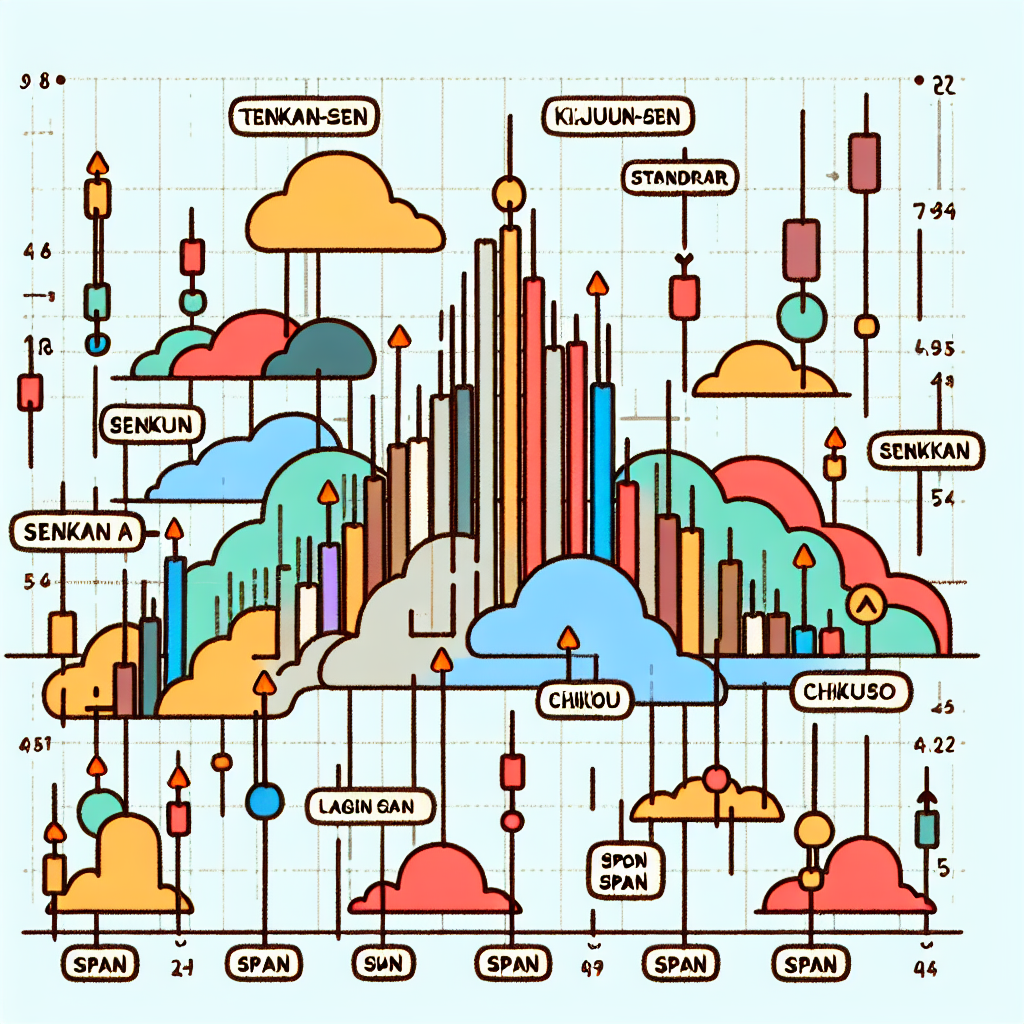
Trend Line Drawing Methods
Introduction
Trend lines are a powerful tool used by traders and analysts to identify the direction of a market trend. They help to visualize the overall trend of a security, making it easier to make informed decisions about buying or selling.
Types of Trend Lines
There are three main types of trend lines that traders use:
1. Upward Trend Line
An upward trend line is drawn by connecting two or more low points on a price chart. This line acts as a support level, indicating that the price is likely to continue moving higher.
2. Downward Trend Line
A downward trend line is drawn by connecting two or more high points on a price chart. This line acts as a resistance level, indicating that the price is likely to continue moving lower.
3. Sideways Trend Line
A sideways trend line is drawn by connecting two or more points that are moving in a horizontal direction. This line indicates that the price is consolidating and not moving in a clear direction.
Methods for Drawing Trend Lines
1. Connecting Peaks and Troughs
One common method for drawing trend lines is to connect the peaks and troughs of a price chart. This involves identifying the highest high and lowest low points on the chart and drawing a line between them. This method helps to visualize the overall trend of the security.
2. Using Moving Averages
Another method for drawing trend lines is to use moving averages. Traders often use a simple moving average or exponential moving average to identify the overall trend of a security. By plotting the moving average on a price chart, traders can easily see the direction of the trend.
3. Using Fibonacci Retracement Levels
Some traders use Fibonacci retracement levels to draw trend lines. These levels are based on the Fibonacci sequence and are used to identify potential support and resistance levels. By connecting these levels on a price chart, traders can draw trend lines that help to predict future price movements.
Conclusion
Overall, trend lines are a valuable tool for traders and analysts to identify the direction of a market trend. By using different methods to draw trend lines, traders can make more informed decisions about buying or selling securities. Whether using peaks and troughs, moving averages, or Fibonacci retracement levels, trend lines can help to visualize the overall trend and make better trading decisions.





